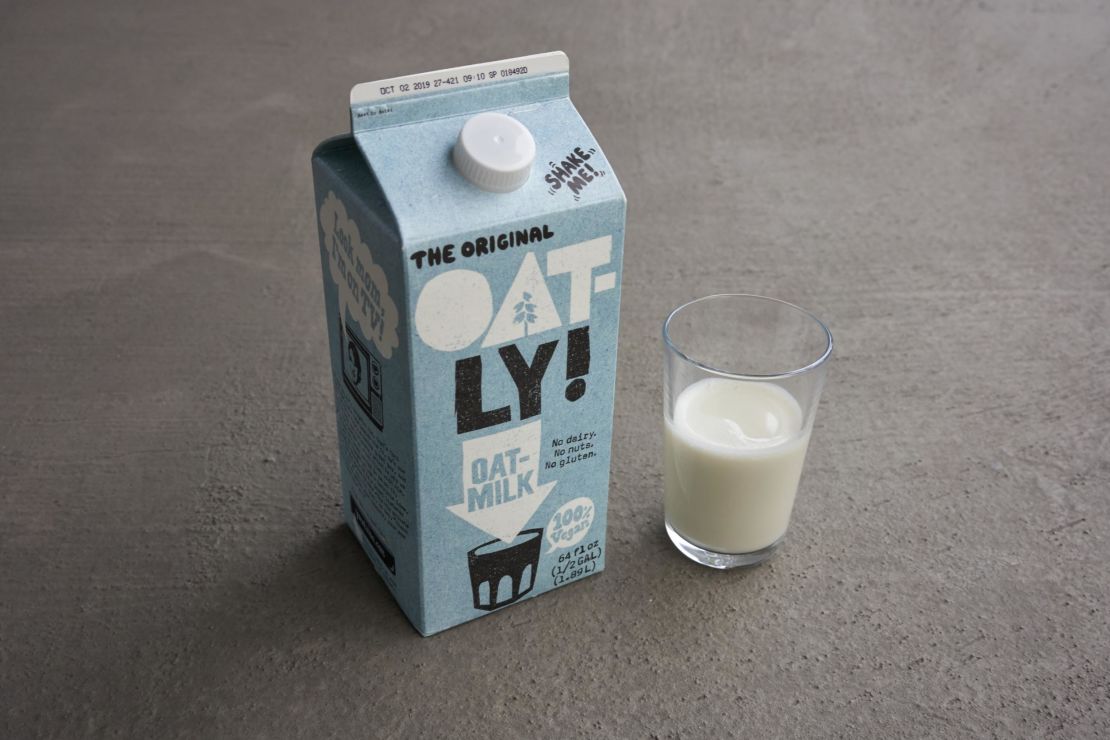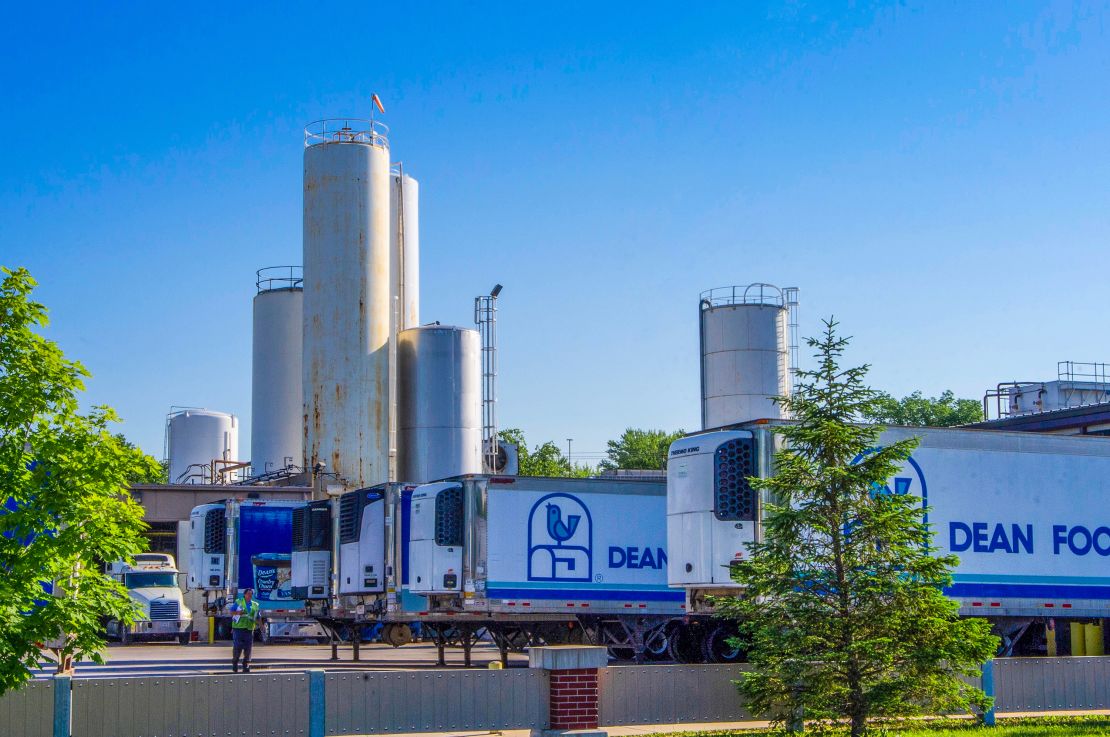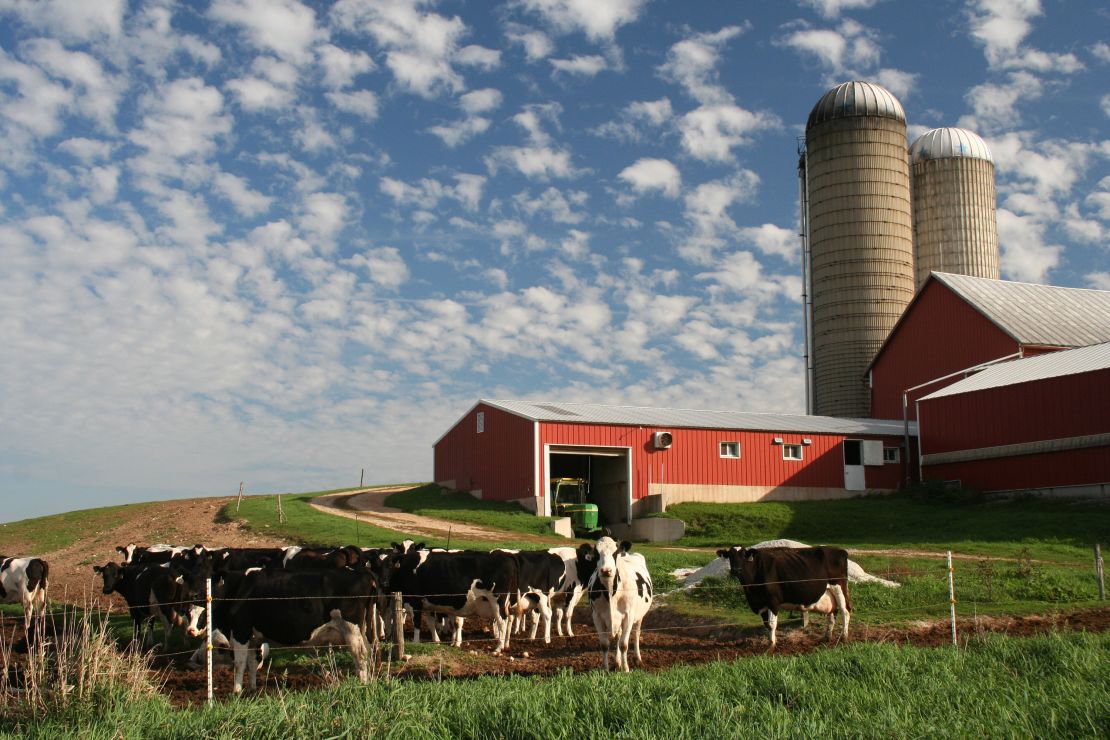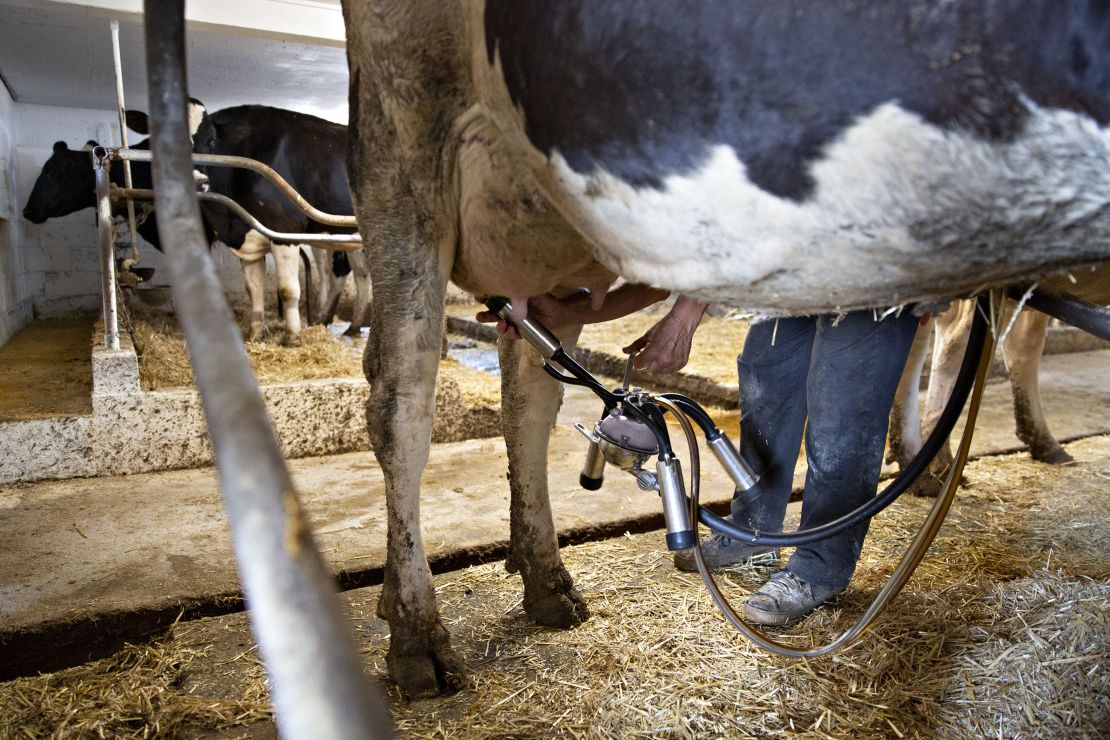Milk is falling out of fashion.
In 2010, 55 billion pounds of milk were sold in the United States. By 2018, that figure dropped to 47.7 billion, a decline of about 13%.
Last week, that shift finally overwhelmed Dean Foods, the country’s biggest dairy processor. In a statement announcing the company’s bankruptcy filing, CEO Eric Beringause pointed to “continuing declines in consumer milk consumption.”
Meanwhile, a new, competing sector is on the rise: plant-based milks, where US sales have grown 14% in the past two years, according to a July report from the Plant Based Foods Association, a trade group, and the Good Food Institute, a nonprofit that supports plant-based businesses.
From April 2018 to April of 2019, sales of oat milk jumped 222%, according to GFI. The beverage is certainly buzzy: High-end coffee shops now sell pricey almond-, oat- and coconut-milk lattes. In 2018, Gothamist ran a story titled “Don’t Panic: Reports of ‘Oat Milk Shortage’ are greatly exaggerated” after a New Yorker piece raised the alarm.

But the plant-based sector is still small, and can’t explain such a big drop in milk sales. Other factors are making an impact.
Health-conscious consumers, increasingly seeking low-calorie drinks with a nutritional boost or jolt of caffeine, may be swapping dairy milk out for sports drinks, tea, coffee or bottled water, a growing category. Stagnating breakfast cereal sales are also contributing to the problem.
But per-capita consumption of butter and cheese is growing, suggesting that the plant-based trend hasn’t affected dairy overall. Evolving tastes are just part of the story.
There was “a perfect storm,” said Sarah Lloyd, director of special projects for the Wisconsin Farmers Union and a family dairy farmer herself.
As milk sales fell, companies like Dean struggled to find retail customers. Dairy farmers got squeezed by changes in the international milk market and domestic oversupply.
Dean was victim to these changes — as well as its own miscalculations, such as its failure to innovate with new products. Although the bankruptcy filing was no surprise to those who saw the challenges facing milk, Dean’s collapse could be a signal of even tougher times ahead for the industry.
“It’s alarming,” Lloyd said.
Marin Bozic, assistant professor in University of Minnesota’s applied economics department, said that Dean’s bankruptcy is more than just symbolic.
“This is a major inflection point for the dairy sector of the United States,” he said.

The fall of Dean Foods
The milk industry has been consolidating for years. In 2001, Suiza Foods, then a major milk processor and distributor, merged with Dean Foods and took its name. The combination made the new Dean Foods a $10 billion company with a national footprint.
The move followed years of spectacular growth by Suiza, driven by a series of frenzied acquisitions. In a 2001 story about the merger, the Wall Street Journal called Suiza “the leading consolidator of the fragmented dairy industry,” noting that the company had made more than 40 acquisitions since it entered the dairy space in the early 1990s.
“I’ve never seen anything like that,” Brian Gould, emeritus professor of agriculture and applied economics at the University of Wisconsin-Madison told CNN Business. He said Suiza’s growth “wasn’t organic,” adding, “it was really just from the outside in.”
After its merger, Dean went on an another acquisition spree, buying up a broad array of brands including WhiteWave, which made Silk milk alternatives, and others.
Then, in 2012, Dean changed course — doubling down on its dairy portfolio, spinning off WhiteWave and all of the plant-based milks under the Silk brand. The idea was to focus on milk to improve its growth. Today, Dean’s product line is almost entirely dairy-based. In addition to milk, it sells sour cream, cottage cheese and ice cream. Although rivals developed lactose-free or protein-rich milks, Dean didn’t make significant changes.
Consolidation on the milk processing side was mirrored in grocery and retail. The food industry saw more than 500 mergers and acquisitions in 2016, the highest rate in 15 years, according to the USDA. For Dean, that meant there were fewer customers for its products, and heavier reliance on each one.
The combination, coupled with declining milk sales, put Dean in a tough spot. Then in 2018 Walmart, one of its major clients, opened its own milk processing plant in Fort Wayne, Indiana, delivering a fatal blow.
Dean said it missed out on the sale of 55 million gallons of milk in the second half of 2018 because of Walmart’s decision. It was forced to terminate contracts with dairy farmers who were facing their own crisis.

Milk prices drop
Last year, the Dairy Farmers of America — the country’s largest dairy cooperative — reported annual net sales of $13.6 billion, a $1.1 billion decrease from 2017. DFA pointed to lower average US milk prices.
The dip can be attributed in part to changes the global milk industry.
In 2015, the European Union put an end to milk quotas. Around the same time, Chinese demand for milk weakened and Russia banned imports.
The changes led to a glut in the global milk supply, driving down prices worldwide and putting pressure on the United States, which had a healthy export market.
Farmers are accustomed to the ebb and flow in dairy prices, and while those years of low prices marked a particularly tough cycle, relief started to come in 2018, noted Alan Bjerga, senior vice president of communications at the National Milk Producers Federation, a lobbying group.
Then retaliatory tariffs from Mexico and China kicked in, delivering another blow to the industry.
In a June statement about trade relations with China, the NMPF said that “tariffs erected in 2018 have proven to be a catastrophic blow for the US dairy industry.”
“It would have been a long low-price cycle in any case, but it would have been on the long side,” Bjerga told CNN Business. “The trade war definitely prolonged it. And that definitely was a problem for farmers who really weren’t able to hold out anymore.”

Oversupply and a new normal
As milk sales falter and dairy farmers exit the industry, something counterintuitive has been happening: Dairy production is growing. Milk production grew 15% from 2009 to 2018, according to the USDA.
That rise in production can be partially explained by a growing overall demand for dairy products. Still, the domestic milk supply is outstripping demand.
“The underlying cause of this long low-price period is overproduction, plain and simple,” said Lloyd. “There haven’t been ways to discipline the production, so it’s just continued up and up and up and up.” Lloyd said that farmers, desperate to make ends meet, are boosting production to generate cash, a situation she describes as “no breaks agriculture.”
For some farmers, the difficulties have just become too much.
They shared their distress with Bozic, the University of Minnesota professor.
“The phrase that comes up again and again [is] that this time, it feels different,” he said, like “we are entering a new era.”
And as the pressure on farmers continue, the stakes are high. We “are fighting for our lives,” Lloyd said.






















